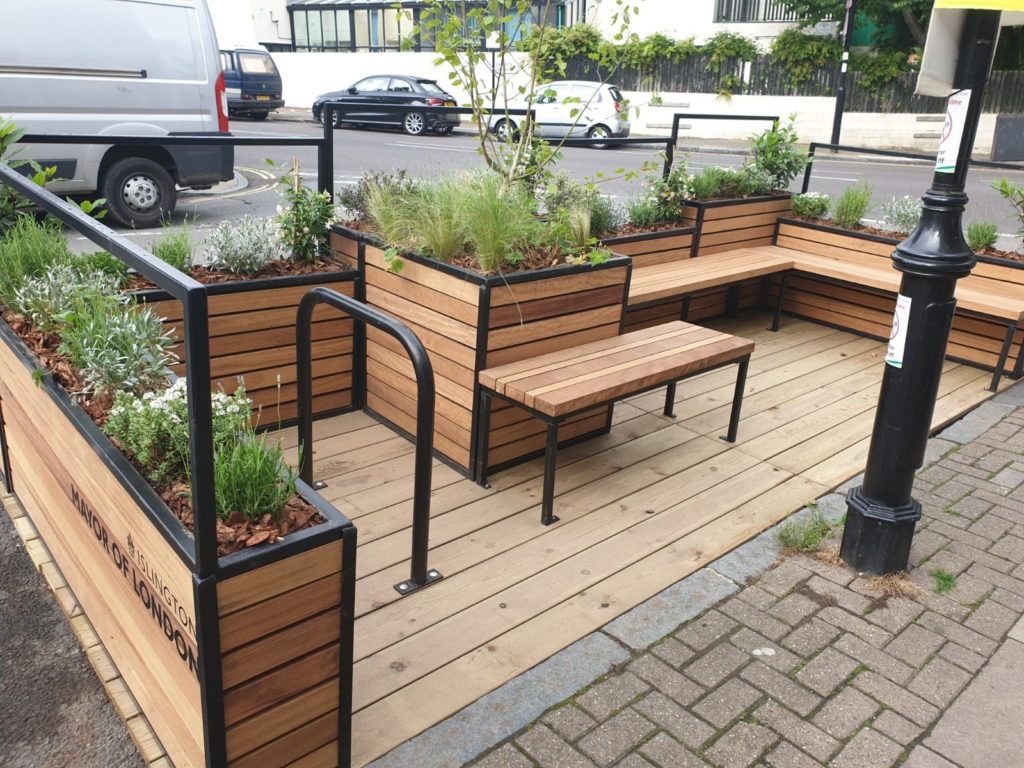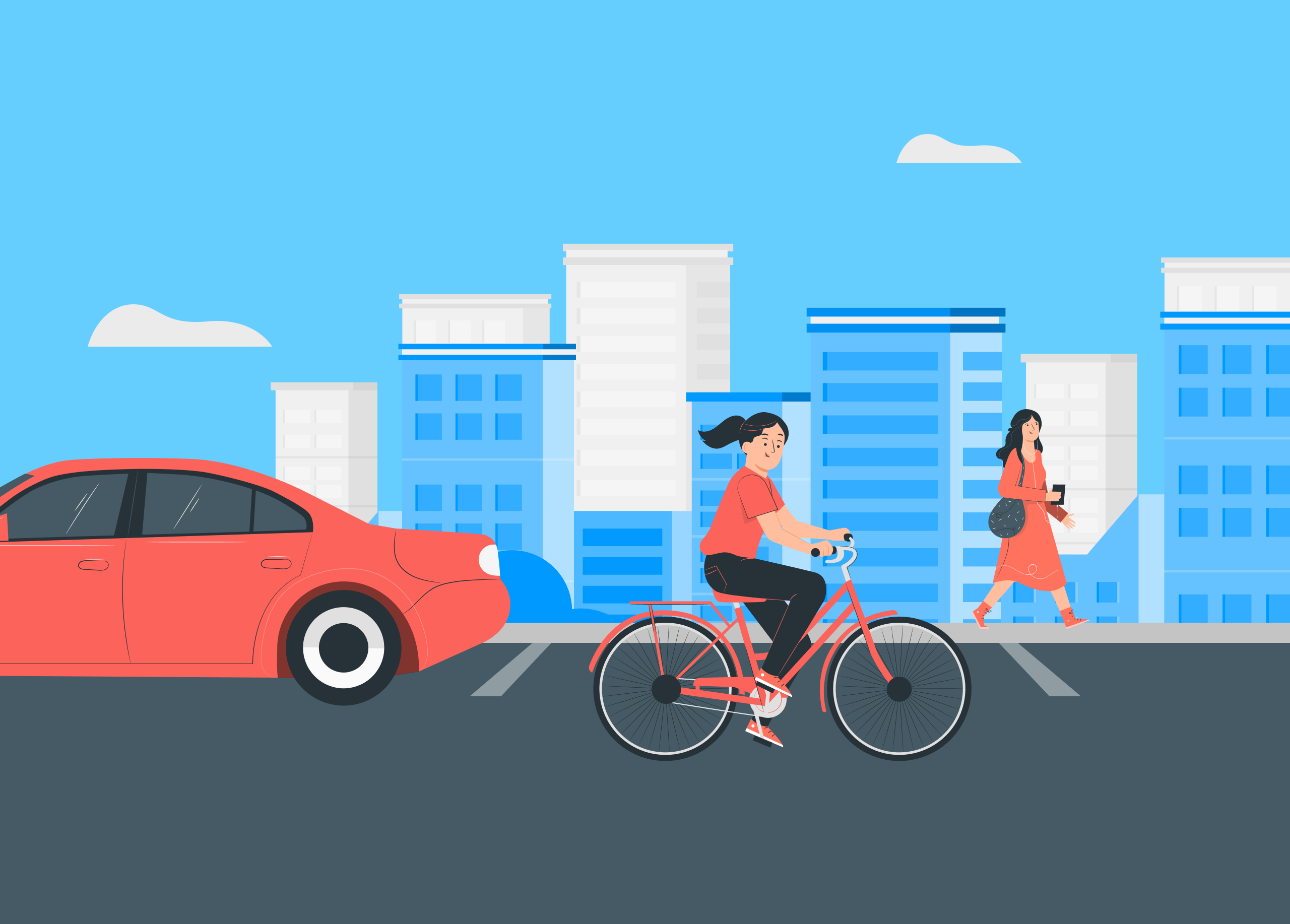Every year the Healthy Streets Scorecard ranks London Boroughs on how healthy their streets are according to nine indicators, four ‘outcome’:
- Sustainable Modeshare
- Active Travel Rate
- Road Collision Casualties
- Car Ownership Rates
and five ‘input’ indicators:
- Low Traffic Neighbourhoods
- 20mph Speed Limits
- Controlled Parking Zones (CPZs)
- Physically Protected Cycle Track
- School Provision (A) STARS (B) School Streets
This year’s Healthy Streets Scorecard used AppyWay’s extension kerbside restriction data to analyse each London Borough’s use of CPZs.
Controlled Parking Zones provide a number of benefits to residents of a borough, from a health, economic and social perspective. CPZs reduce traffic and pollution by discouraging vehicles from driving through and parking in the borough. Fewer cars in a borough means less congestion, noise and air pollution. CPZs reduce short trips which could easily be made by other transport modes, and they reduce instances of bad parking such as pavement parking, allowing better access for emergency and utility vehicles like rubbish and recycling trucks. CPZs create easier parking for residents, their visitors and delivery drivers, enabling them to park near their homes. They make residential streets more attractive in general by reducing the amount of non-resident parked cars on a street and creating space to introduce attractive or useful features like ‘parklets’ or bicycle hangers.

Parklet in the London Borough of Islington
CPZs are a powerful tool for creating positive change in London Boroughs. But when we look at the results of the Healthy Streets Scorecard it becomes apparent that CPZs alone are not the answer. CPZs need to be combined with other initiatives such as Low Traffic Neighbourhoods (LTNs) and protected cycle ways. Without these other road applications congestion, emissions and noise pollution can remain a nuisance on a borough’s roads.
From the scorecard we can see that, for example, the boroughs of Kensington & Chelsea and Hackney feature at the top of the list for their positive use of Controlled Parking Zones, however they appear towards the bottom of the list for protected cycle ways. Another example is the London Borough of Camden who use CPZs frequently within their borough but feature much further down the list for LTNs.
Whilst it’s clear that controlled parking zones need to be complemented with other initiatives in order to create real change within a borough, it is in fact the management of parking, in particular parking restrictions that can facilitate this mix. Parking management practices can encourage active travel and sustainable modes of transport, creating quieter, healthier streets whilst decreasing the prevalence of cars used for short trips.
Traffic Management Orders (known as TROs outside of London) are the legal mechanism authorities use to make changes to their kerbsides, in particular parking restrictions. TMOs can be created or amended to increase the size of CPZs, they can be used to suspend parking in areas where the council wants to implement a low traffic neighbourhood, or suspended to make space for a protected cycleway, all whilst keeping the community engaged and informed through public consultations.
Historically authority experiences with the TMO process is that it can be long and convoluted, stifling change and innovation. Here at AppyWay, our Traffic Suite has been designed to streamline TMO management, speeding up the entire TMO process from draft to sealed legal order. By creating an innovative TMO solution, we can help authorities innovate their kerbsides and drive initiatives that encourage walking, cycling, and public transport use, in turn creating healthier, more liveable streets within their borough.
We are working with a number of London borough’s to innovate and streamline their TMO process, enabling them to make meaningful change. We look forward to sharing these case studies in due course.
To find out more about our Traffic Suite click here. Or to speak to one of our experts click here.




